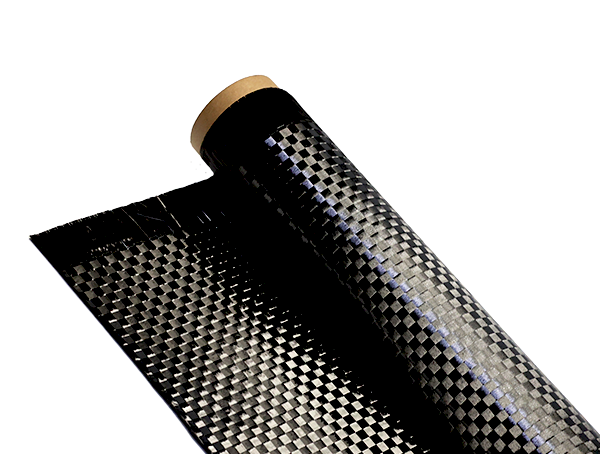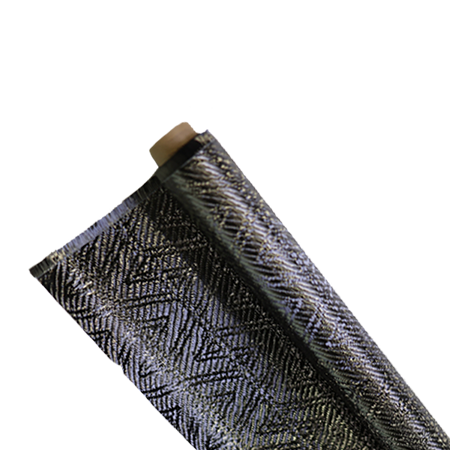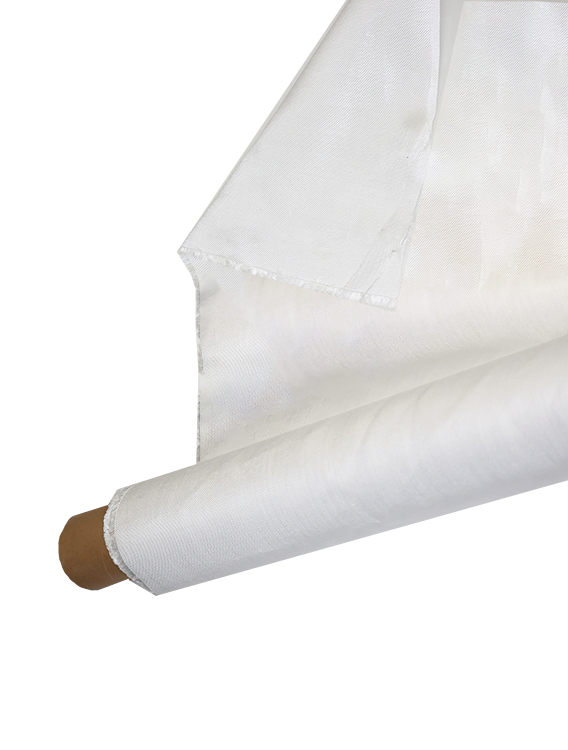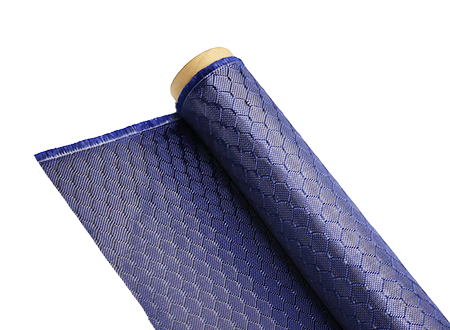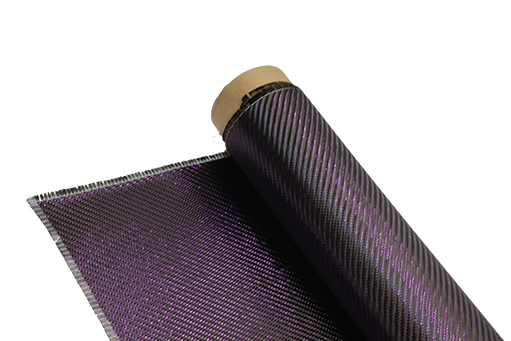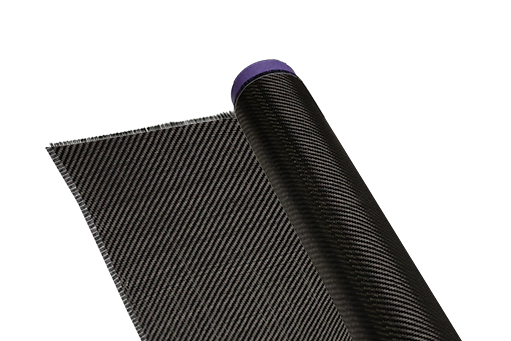¿Qué formatos de archivos requieren los fabricantes para diseños personalizados de fibra de carbono?
-
Tabla de contenido
“Desbloqueando la precisión: formatos de archivo esenciales para el éxito del diseño personalizado de fibra de carbono”.
Introducción
Los fabricantes requieren formatos de archivo específicos para diseños personalizados de fibra de carbono a fin de garantizar una producción precisa y la compatibilidad con su maquinaria. Los formatos comúnmente aceptados incluyen archivos CAD como .DWG, .DXF y .STEP, que proporcionan información geométrica detallada. Además, los archivos .STL se utilizan a menudo para aplicaciones de impresión 3D, mientras que los archivos .IGES facilitan el intercambio de información entre diferentes sistemas CAD. Comprender estos formatos es crucial para que los diseñadores comuniquen eficazmente sus especificaciones y logren los resultados deseados en la fabricación de fibra de carbono.
Formatos de archivo comunes para presentaciones de diseños de fibra de carbono
Cuando se trata de diseños personalizados de fibra de carbono, los fabricantes suelen requerir formatos de archivo específicos para garantizar que el diseño se pueda interpretar y producir con precisión. Comprender estos formatos de archivo comunes es crucial para diseñadores e ingenieros que desean optimizar el proceso de fabricación y evitar posibles inconvenientes. La elección del formato de archivo puede afectar significativamente la eficiencia de la comunicación entre el diseñador y el fabricante, así como la calidad general del producto final.
Uno de los formatos de archivo más aceptados en el ámbito del diseño de fibra de carbono es el archivo CAD (Diseño Asistido por Computadora). Los archivos CAD, como los creados en AutoCAD o SolidWorks, son esenciales para transmitir información geométrica detallada. Estos archivos permiten a los fabricantes visualizar el diseño en tres dimensiones, lo que proporciona una comprensión completa de las dimensiones, formas y características del producto. Además, los archivos CAD pueden incluir metadatos que especifican las propiedades del material, las tolerancias y otros detalles críticos de fabricación. Por ello, suelen ser la opción preferida para diseños complejos que requieren precisión y claridad.
Además de los archivos CAD, los fabricantes suelen aceptar archivos STL (estereolitografía), especialmente en el contexto de la impresión 3D y el prototipado rápido. Los archivos STL son especialmente útiles para representar la geometría de la superficie de un objeto tridimensional. Se componen de una serie de facetas triangulares que se aproximan a la forma del diseño, lo que los hace adecuados para los procesos de fabricación aditiva. Sin embargo, es importante tener en cuenta que los archivos STL no contienen información sobre el color, la textura ni otros atributos, lo que puede limitar su aplicabilidad en ciertos contextos. Por lo tanto, si bien los archivos STL son valiosos para el prototipado, pueden no ser suficientes para la producción final sin especificaciones adicionales.
Otro formato de archivo común es IGES (Especificación Inicial de Intercambio de Gráficos), que se utiliza a menudo para intercambiar información entre diferentes sistemas CAD. Los archivos IGES pueden encapsular una amplia gama de datos geométricos, incluyendo curvas, superficies y sólidos. Esta versatilidad convierte a IGES en una opción popular para fabricantes que trabajan con diversos programas de diseño. Sin embargo, es fundamental que los diseñadores se aseguren de que el archivo IGES esté correctamente configurado para evitar problemas de compatibilidad que podrían surgir durante el proceso de fabricación.
Además, los fabricantes también pueden solicitar archivos DXF (Formato de Intercambio de Dibujos), especialmente útiles para diseños y maquetaciones 2D. Los archivos DXF se utilizan habitualmente en aplicaciones como el corte láser y el mecanizado CNC, donde se requieren contornos bidimensionales precisos. La simplicidad del formato DXF permite una fácil integración con diversos equipos de fabricación, lo que lo convierte en una opción práctica para diseños sencillos.
A medida que la industria evoluciona, algunos fabricantes están empezando a adoptar formatos de archivo más modernos, como STEP (Estándar para el Intercambio de Datos de Modelos de Producto). Los archivos STEP ofrecen una forma integral de representar datos complejos de productos, incluyendo información geométrica y no geométrica. Este formato es especialmente ventajoso para proyectos colaborativos que involucran a múltiples partes interesadas, ya que facilita el intercambio fluido de datos entre diferentes plataformas de software.
En conclusión, comprender los formatos de archivo comunes necesarios para los diseños personalizados de fibra de carbono es esencial para una comunicación eficaz entre diseñadores y fabricantes. Al utilizar correctamente los archivos CAD, STL, IGES, DXF y STEP, los diseñadores pueden mejorar la precisión y la eficiencia del proceso de fabricación. En definitiva, seleccionar el formato de archivo adecuado no solo agiliza la producción, sino que también contribuye al éxito general del proyecto, garantizando que el producto final cumpla con las especificaciones y los estándares de calidad deseados.
Importancia de los archivos CAD en la fabricación de fibra de carbono a medida

En el ámbito de la fabricación a medida de fibra de carbono, la importancia de los archivos de Diseño Asistido por Computadora (CAD) es innegable. Estos planos digitales sirven de base para crear componentes complejos y precisos, lo que garantiza que los fabricantes puedan convertir diseños innovadores en productos tangibles. A medida que las industrias recurren cada vez más a materiales avanzados como la fibra de carbono por sus propiedades de ligereza y alta resistencia, el papel de los archivos CAD cobra una importancia aún mayor.
Para empezar, los archivos CAD proporcionan una representación detallada del diseño, que abarca dimensiones, tolerancias y especificaciones de materiales. Este nivel de detalle es esencial para los fabricantes, ya que les permite comprender la intención del diseñador y los requisitos funcionales del producto final. Sin esta claridad, aumenta el riesgo de interpretaciones erróneas, lo que puede provocar errores costosos durante el proceso de fabricación. Por lo tanto, la precisión de los archivos CAD es fundamental, ya que influye directamente en la calidad y el rendimiento de los componentes de fibra de carbono terminados.
Además, los archivos CAD facilitan una comunicación fluida entre diseñadores y fabricantes. En una industria donde la colaboración es clave, estos archivos actúan como un lenguaje universal que trasciende las barreras geográficas y técnicas. Al proporcionar un formato estandarizado, los archivos CAD permiten a los fabricantes visualizar el diseño, evaluar su viabilidad e identificar posibles desafíos antes de comenzar la producción. Este enfoque proactivo no solo agiliza el flujo de trabajo, sino que también mejora la eficiencia general del proceso de fabricación. En consecuencia, la capacidad de compartir y modificar archivos CAD en tiempo real fomenta un entorno colaborativo esencial para la innovación en aplicaciones personalizadas de fibra de carbono.
Además de mejorar la comunicación, los archivos CAD también desempeñan un papel crucial en la optimización de los procesos de fabricación. Las herramientas de software avanzadas permiten a los fabricantes simular diversos escenarios de producción, lo que les permite identificar los métodos más eficientes para fabricar componentes de fibra de carbono. Esta capacidad es especialmente importante dadas las propiedades únicas de la fibra de carbono, que requieren técnicas especializadas de corte, modelado y estratificación. Al utilizar archivos CAD junto con software de simulación, los fabricantes pueden minimizar el desperdicio, reducir los plazos de entrega y, en última instancia, disminuir los costos de producción. Esta optimización no solo beneficia al fabricante, sino que también ofrece importantes ventajas a los clientes que buscan soluciones de fibra de carbono personalizadas y de alta calidad.
Además, la integración de archivos CAD con otras tecnologías, como el mecanizado por control numérico computarizado (CNC) y la impresión 3D, ha revolucionado el panorama de la fabricación. Estas tecnologías dependen en gran medida de archivos digitales precisos para ejecutar diseños complejos con una precisión excepcional. Como resultado, los fabricantes pueden producir componentes intrincados de fibra de carbono que antes se consideraban imposibles, ampliando así los límites del diseño y la ingeniería. La sinergia entre los archivos CAD y estas técnicas de fabricación avanzadas ejemplifica el impacto transformador de la tecnología digital en la industria de la fibra de carbono.
En conclusión, la importancia de los archivos CAD en la fabricación a medida de fibra de carbono es fundamental. Constituyen la base del proceso de diseño a producción, garantizando la precisión, facilitando la comunicación, optimizando los métodos de fabricación y permitiendo el uso de tecnologías de vanguardia. A medida que la demanda de soluciones de fibra de carbono a medida sigue creciendo en diversas industrias, la dependencia de los archivos CAD no hará más que intensificarse. Por lo tanto, comprender el papel crucial que desempeñan estos archivos es esencial tanto para diseñadores como para fabricantes que buscan aprovechar al máximo el potencial de la fibra de carbono en sus proyectos. Al priorizar la creación y el uso de archivos CAD de alta calidad, las partes interesadas pueden garantizar que sus diseños a medida de fibra de carbono no solo sean innovadores, sino también factibles y exitosos en el mercado.
Mejores prácticas para la preparación de archivos para la producción de fibra de carbono
Al preparar archivos para diseños personalizados de fibra de carbono, los fabricantes enfatizan la importancia de seguir las mejores prácticas para garantizar un proceso de producción sin interrupciones. La elección del formato de archivo es crucial, ya que puede afectar significativamente la precisión y la eficiencia del flujo de trabajo de fabricación. Normalmente, los fabricantes prefieren formatos vectoriales como DXF, DWG y SVG, ya que estos mantienen la integridad del diseño al escalarlo y permiten un corte y mecanizado precisos. Por el contrario, los formatos raster como JPEG o PNG pueden provocar pérdida de detalle y resolución, lo que puede comprometer el producto final.
Además de seleccionar el formato de archivo adecuado, es fundamental garantizar que el diseño se cree a la escala correcta. Esto significa que los diseñadores deben establecer sus dimensiones con precisión desde el principio, ya que cualquier discrepancia puede provocar errores costosos durante la producción. Asimismo, es recomendable incluir todas las dimensiones y anotaciones necesarias en el archivo de diseño. Esta práctica no solo mejora la claridad, sino que también minimiza el riesgo de malinterpretaciones por parte del fabricante. Al proporcionar detalles completos, los diseñadores pueden facilitar una comunicación más fluida, lo cual es vital para lograr el resultado deseado.
Además, es crucial considerar la complejidad del diseño. Si bien los patrones y formas intrincados pueden realzar el atractivo estético de los productos de fibra de carbono, los diseños excesivamente complejos pueden plantear desafíos durante el proceso de fabricación. Por lo tanto, simplificar los diseños siempre que sea posible puede conducir a una producción más eficiente y reducir la probabilidad de errores. Asimismo, es recomendable consultar con el fabricante desde el principio de la fase de diseño para comprender sus limitaciones o preferencias respecto a la complejidad del diseño.
Otro aspecto importante a considerar es la inclusión de las especificaciones del material en los archivos de diseño. Los fabricantes suelen requerir información detallada sobre el tipo de fibra de carbono que se utilizará, incluyendo su peso, patrón de tejido y tipo de resina. Al proporcionar esta información con antelación, los diseñadores pueden garantizar que el producto final cumpla con los criterios estéticos y de rendimiento previstos. Además, es recomendable consultar cualquier requisito o recomendación específica con el fabricante, ya que podría aportar información que mejore la funcionalidad del diseño.
En cuanto a la organización de archivos, es fundamental mantener una estructura clara y lógica. Los diseñadores deben etiquetar los archivos adecuadamente e incluir un control de versiones para realizar un seguimiento de los cambios realizados durante el proceso de diseño. Esta práctica no solo facilita la gestión del proyecto, sino que también garantiza que todas las partes interesadas trabajen con la versión más reciente del diseño. Además, proporcionar una breve descripción general o un documento de intención de diseño puede ayudar a los fabricantes a comprender la lógica detrás de decisiones de diseño específicas, lo que mejora aún más la colaboración.
Por último, es prudente realizar una revisión exhaustiva de los archivos de diseño antes de enviarlos. Esta revisión debe incluir la detección de posibles errores, como líneas superpuestas o rutas sin cerrar, que pueden causar complicaciones durante la producción. El uso de herramientas de software que identifiquen y corrijan estos problemas puede ahorrar tiempo y recursos a largo plazo. Siguiendo estas prácticas recomendadas, los diseñadores pueden mejorar significativamente la probabilidad de éxito en la producción de fibra de carbono a medida, lo que se traduce en productos de alta calidad que cumplen con los requisitos estéticos y funcionales. En conclusión, una atención cuidadosa a los formatos de archivo, la complejidad del diseño, las especificaciones de los materiales, la organización y una revisión exhaustiva son componentes esenciales de la preparación de archivos para la fabricación de fibra de carbono.
Preguntas y respuestas
1. **Pregunta:** ¿Qué formato de archivo se requiere comúnmente para los diseños CAD en la fabricación de fibra de carbono personalizada?
**Respuesta:** STL (estereolitografía) se requiere comúnmente para diseños CAD.
2. **Pregunta:** ¿Qué formato de archivo se prefiere para los diseños 2D en la fabricación de fibra de carbono?
**Respuesta:** Se prefiere DXF (formato de intercambio de dibujos) para diseños 2D.
3. **Pregunta:** ¿Qué formato de archivo se utiliza a menudo para imágenes o gráficos de alta resolución en diseños personalizados de fibra de carbono?
**Respuesta:** PDF (formato de documento portátil) se utiliza a menudo para imágenes o gráficos de alta resolución.

